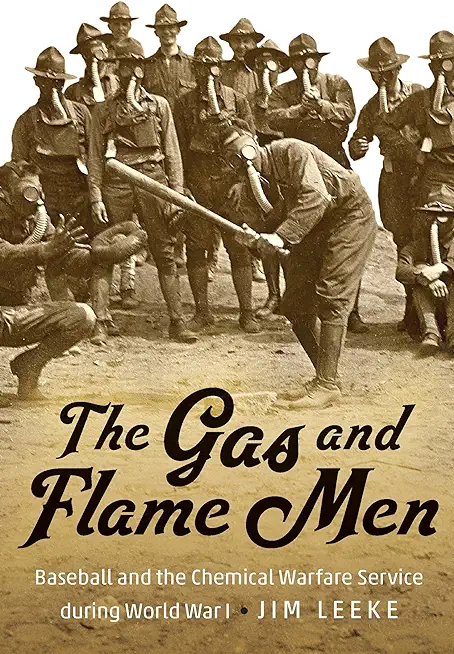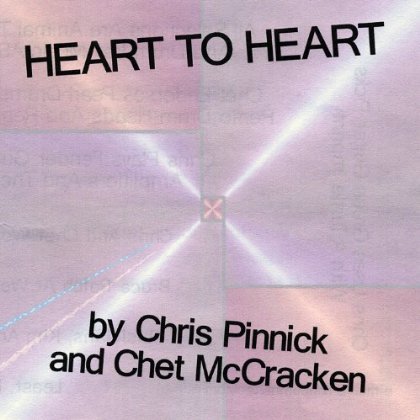
Leeke, Jim
product information
description
tered World War I in 1917, it was woefully underprepared for chemical warfare, in which the British, French, and Germans had been engaged since 1915. In response, the U.S. Army created an entirely new branch: the Chemical Warfare Service. The army turned to trained chemists and engineers to lead the charge--and called on an array of others, including baseball players, to fill out the ranks. The Gas and Flame Men is the first full account of Major League ballplayers who served in the Chemical Warfare Service during World War I. Four players, two club executives, and a manager served in the small and hastily formed branch, six of them as gas officers. Remarkably, five of the seven--Christy Mathewson, Branch Rickey, Ty Cobb, George Sisler, and Eppa "Jeptha" Rixey--are now enshrined in the National Baseball Hall of Fame at Cooperstown, New York. The son of a sixth Hall of Famer, player and manager Ned Hanlon, was a young officer killed in action in France with the First Gas Regiment. Prominent chemical soldiers also included veteran Major League catcher and future manager George "Gabby" Street and Boston Braves president and former Harvard football coach Percy D. Haughton. The Gas and Flame Men explores how these famous baseball men, along with an eclectic mix of polo players, collegiate baseball and football stars, professors, architects, and prominent social figures all came together in the Chemical Warfare Service. Jim Leeke examines their service and its long-term effects on their physical and mental health--and on Major League Baseball and the world of sports. The Gas and Flame Men also addresses historical inaccuracies and misperceptions surrounding Christy Mathewson's early death from tuberculosis in 1925, long attributed to wartime gas exposure.
member goods
No member items were found under this heading.
Return Policy
All sales are final
Shipping
No special shipping considerations available.
Shipping fees determined at checkout.







